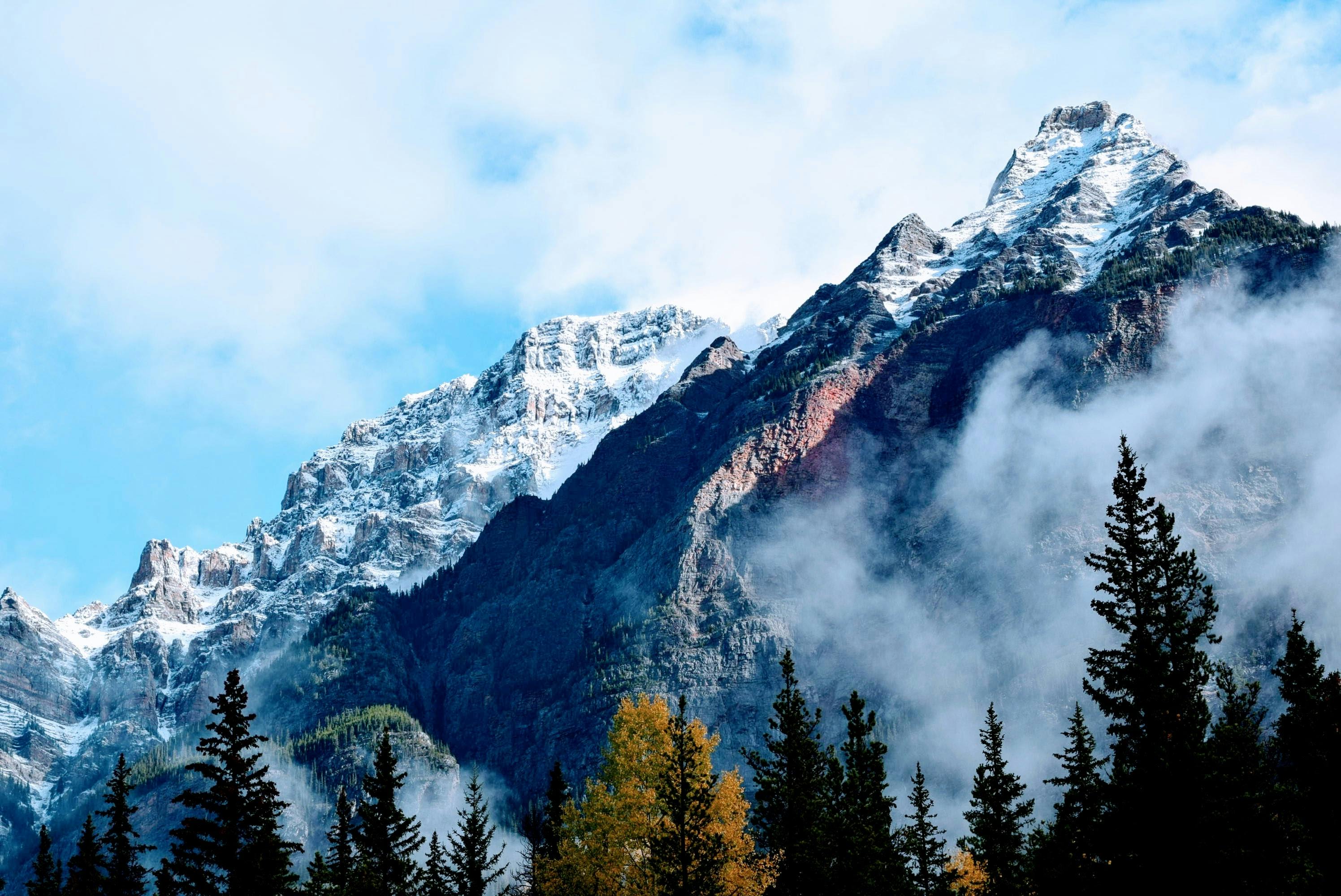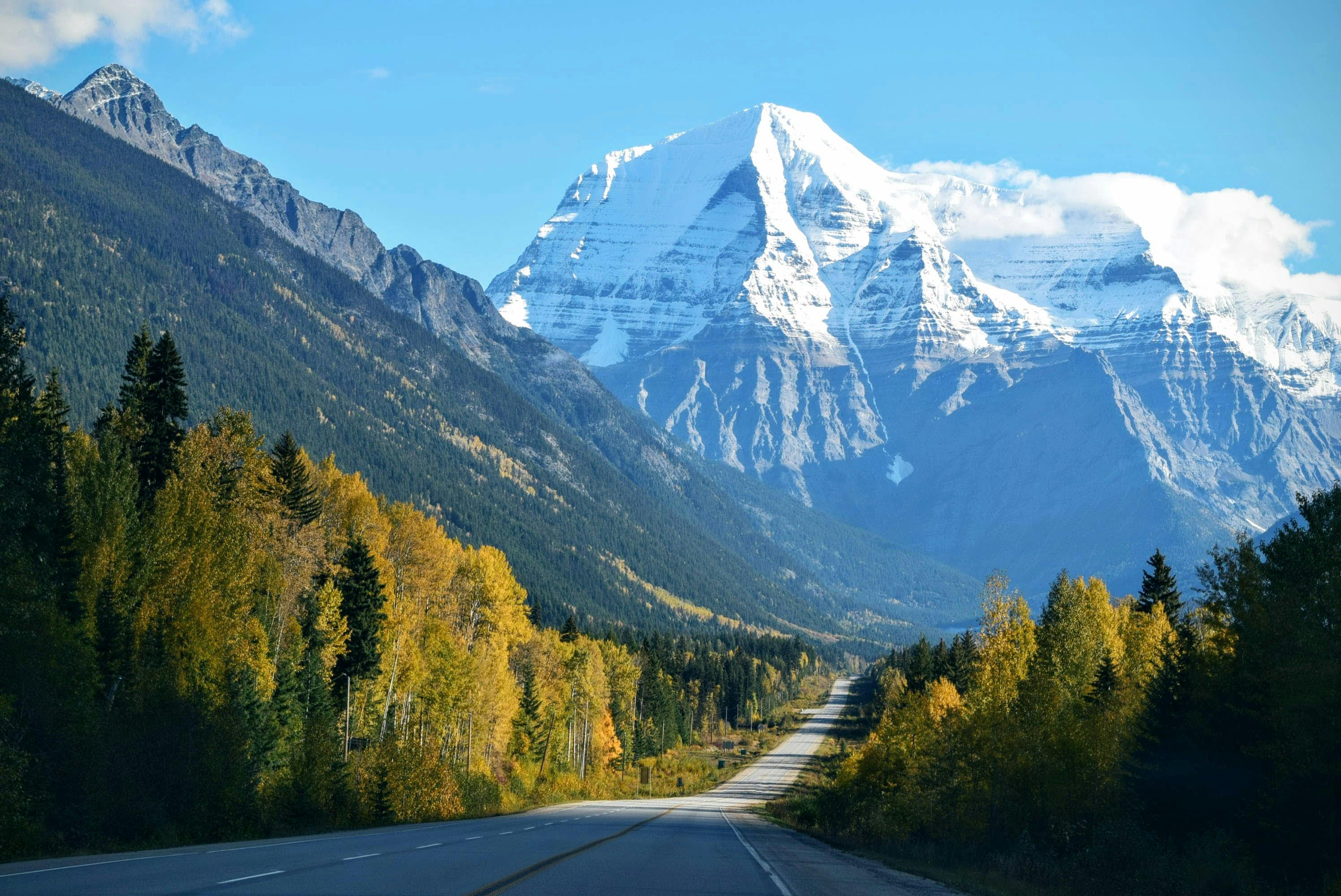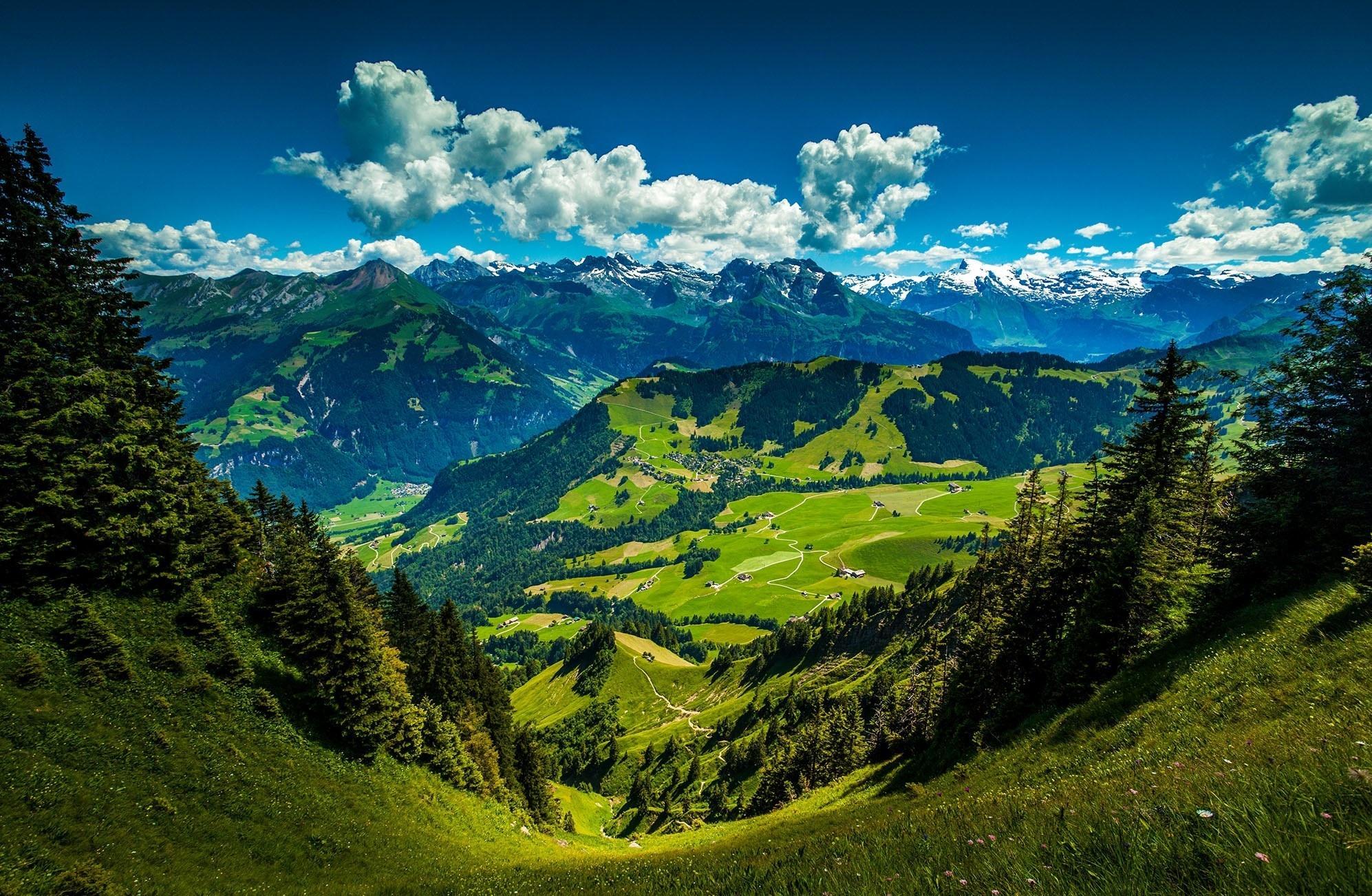The Mountain House - Your Retreat Among New York's Peaks
Picture this: a quiet spot, high up, where the air feels different and the world seems to slow down. For many, the idea of a mountain house holds a special sort of appeal, a longing for a place where one can truly unwind and reconnect with the natural world around them. It's that feeling of getting away from it all, finding a calm spot amidst the grandeur of tall landforms, that draws people to consider a place among the high ground.
There are, you know, many places across New York where such dreams could take root, where the very land itself invites a peaceful existence. From the vast stretches of Ulster County to the distant corners of Essex, these regions offer a collection of elevated spots, each with its own distinct character. Understanding where these natural rises stand, and what resources exist to explore them, becomes a key step for anyone dreaming of their own elevated dwelling.
Finding your way around these grand formations, discovering their individual traits, and knowing where to get information about them can, at the end of the day, make all the difference. Whether it's about looking at detailed layouts of the land or learning about groups that celebrate these natural wonders, having the right guides can help bring that vision of a quiet, high-up home into clearer focus. This discussion explores some of the notable high points in New York and the tools available for those who feel the pull of such places.
Table of Contents
- What Makes a Place for The Mountain House Special?
- Exploring New York's Lofty Spots - Your Guide to The Mountain House Surroundings
- Where Can You Find Information for The Mountain House Dream?
- Is There a Community for The Mountain House Enthusiast?
- How Do Maps Help with The Mountain House Location?
- Ulster County's High Ground - A Starting Point for The Mountain House
- Other Notable Elevated Places for The Mountain House Consideration
What Makes a Place for The Mountain House Special?
The appeal of a mountain house, really, comes from a desire for a different kind of life, one that moves at a calmer pace. It is about waking up to the gentle sounds of the natural world, rather than the hustle and bustle of everyday city life. A place among the high ground offers a chance to breathe air that feels clean and clear, to see views that stretch out for miles, and to experience a quiet that can be hard to find elsewhere. This kind of setting provides a feeling of peacefulness, a chance to step away from the usual demands of daily routines.
Choosing a location for such a dwelling, you know, often means looking for areas that provide both seclusion and access to natural beauty. It is about finding a spot where the surrounding environment becomes a part of daily living, offering chances for walks, quiet contemplation, or simply enjoying the vastness of the outdoors. The specific character of the mountains themselves, their size, their shape, and the plant life around them, all play a role in creating the unique feel of a potential mountain house setting. These are the elements that contribute to the overall experience of living close to the sky.
A mountain house, in a way, is more than just a structure; it is a gateway to a particular way of being. It represents a choice to live closer to the elements, to be more aware of the changing seasons, and to appreciate the raw, untouched beauty of the land. The very act of seeking out such a place, of looking at maps and learning about different high points, is part of the journey towards finding that special spot. This quest for a serene elevated dwelling is a personal one, shaped by individual hopes for a life lived with a bit more connection to the earth.
The quiet moments spent watching the sun rise or set over distant peaks, for example, can be truly transformative. Such experiences become part of the fabric of daily life when one makes a home among the high places. The feeling of being somewhat removed from the noise of populated areas, yet still connected to a sense of community for those who appreciate similar things, adds to the charm. So, the specialness of a place for a mountain house lies in its ability to offer both a personal retreat and a deeper bond with the natural world around it.
Exploring New York's Lofty Spots - Your Guide to The Mountain House Surroundings
New York State, it turns out, is home to a great many elevated areas, each with its own character and appeal. For anyone considering a mountain house, knowing about these different high points is a good first step. The state offers a wide range of natural rises, from gentle hills to more imposing peaks, providing diverse settings for a quiet dwelling. Understanding the lay of the land in various counties can help in picking just the right spot that matches one's vision for an elevated living space.
Consider, for instance, the extensive collection of mountains found in Ulster County. Having access to a free map and a full list of all the mountains there means you can get a comprehensive overview of the high ground in that area. This kind of information is, basically, invaluable for someone looking to understand the terrain and identify potential locations for a mountain house. Knowing every single high point in a region allows for a thorough exploration of possibilities, rather than relying on guesswork or limited knowledge.
Beyond specific county details, there is a resource that provides maps for every single mountain, peak, and hill throughout New York. This, you know, means that no matter where in the state your interest lies, you can find detailed spatial representations of the land. Such a broad coverage is quite helpful for anyone with a general interest in high ground living, allowing them to explore various regions without having to search for separate data for each individual elevated spot. It simplifies the initial stages of looking for a place for a mountain house.
This comprehensive map resource, pretty much, acts as a central point for all New York's elevated features. It gives a broad view of the state's diverse high terrain, from the gentle slopes to the more pronounced summits. For someone who feels drawn to the idea of a mountain house, having such a tool means they can begin to picture themselves in different settings, understanding the general shape and form of the land around potential sites. It is a fundamental aid in the early stages of planning for an elevated dwelling.
Where Can You Find Information for The Mountain House Dream?
Finding the right information is, obviously, a key part of making any dream a reality, and the mountain house dream is no different. Knowing where to look for detailed layouts of the land, often called topographic maps, can provide a wealth of useful data. These maps show not just the location of high points but also their height, the steepness of their sides, and the paths that lead around them. This kind of information helps in understanding the practical aspects of a potential site.
For example, you can find free maps and specific information about Sugarloaf Mountain in Orange County. This particular high point is, as a matter of fact, shown on the New York topo map known as Warwick. Understanding which specific map sheet covers a certain mountain is very useful for getting detailed local information. This level of detail helps someone interested in a mountain house to assess the immediate surroundings of a particular peak, seeing how it fits into the broader land structure.
Another instance is Metcalf Mountain in Hamilton County. This high point is also on a New York topo map, the one called Blue Mountain Lake. Knowing these specific map names means you can go straight to the source for precise data about these elevated areas. For someone considering a mountain house, this kind of geographical reference provides a concrete starting point for exploring the actual terrain, rather than just looking at general area descriptions. It allows for a deeper investigation into the specifics of the land.
Then there's Bitch Mountain in Essex County, which appears on the New York topo map called Jay Mountain. Similarly, Green Mountain, also in Essex County, is found on the map known as Minerva. Each of these specific references, essentially, guides a hopeful mountain house owner to the exact geographical data they need. It helps to ground the abstract idea of a mountain retreat in the physical reality of the land, allowing for more informed decisions about potential sites and their surroundings.
Is There a Community for The Mountain House Enthusiast?
For those who feel a deep connection to high places, it is natural to wonder if there are others who share that passion. A community of like-minded individuals can, in some respects, provide support, shared experiences, and valuable insights for anyone drawn to the mountain lifestyle. The idea of a mountain house often goes hand-in-hand with an appreciation for outdoor activities and a desire to connect with nature on a regular basis. Finding groups that celebrate these interests can make the experience even richer.
There exists, apparently, a club where the only cost to join is the act of reaching the top of certain peaks. This concept of "bagging peaks" suggests a shared pursuit, a collective effort to experience the high ground. Such a group offers a social element to what might otherwise be a solitary interest in mountains. For someone envisioning a mountain house, connecting with such a club could mean finding neighbors who share a similar appreciation for the elevated environment and its challenges.
This particular club focuses on a list of peaks that have been recognized for a long time, with each of the 46 peaks on this collection being a goal for members. The presence of such a structured pursuit, you know, indicates a dedicated community of mountain lovers. It speaks to the idea that the mountain house is not just a place to live, but part of a broader lifestyle that includes active engagement with the natural world. Being part of a group that shares these pursuits can enhance the overall experience of living among the high places.
Joining such a group could, moreover, provide a sense of belonging for those who choose a mountain house life. It offers a chance to share stories, get advice, and perhaps even discover new high points to explore. The shared goal of reaching these specific summits creates a bond among members, reinforcing the appeal of the mountain environment. This kind of community aspect can add a fulfilling social dimension to the quiet, peaceful existence that a mountain house typically promises.
How Do Maps Help with The Mountain House Location?
Maps, quite simply, are essential tools for anyone considering a mountain house. They provide a visual representation of the land, showing where high points are located, how they relate to valleys, and where water features might be. Without these spatial guides, it would be much harder to understand the terrain, which is, basically, the most important aspect of choosing a spot for an elevated dwelling. They offer a bird's-eye view that ground-level observation cannot easily provide.
A good map can show you the different access points to a mountain, the paths that lead up its sides, and the general character of the surrounding land. For example, knowing if a mountain is surrounded by dense forest or open areas can influence the feel of a potential mountain house site. Maps also indicate roads, which are, obviously, very important for getting to and from your elevated home. This practical information is just as important as the scenic appeal of a location.
Furthermore, maps often include details about land use, such as protected areas or private property boundaries. This kind of information is, really, crucial for legal and practical reasons when looking for a place to build or buy a mountain house. It helps to ensure that any plans for an elevated dwelling are in line with local regulations and land ownership. The more data a map provides, the better equipped one is to make informed choices about a mountain house location.
The ability to see the relationship between different high points on a map also helps in understanding the broader geographical context. You can see if a potential mountain house site is isolated or part of a larger chain of high ground. This perspective is, in a way, valuable for those who want to be surrounded by many peaks or prefer a more solitary setting. Maps are, therefore, not just about finding a mountain; they are about understanding the entire physical environment that would surround a mountain house.
Ulster County's High Ground - A Starting Point for The Mountain House
Ulster County, in New York, presents a collection of high points that could be, arguably, a wonderful starting place for anyone considering a mountain house. The availability of a free map and a comprehensive list of all the mountains within this county is a significant advantage. This means that a hopeful owner can get a full picture of the elevated terrain without having to piece together information from various sources. It streamlines the initial search for that special spot.
Having a complete list allows for a systematic review of every single mountain, peak, and hill in the area. This level of detail helps in identifying potential areas that might otherwise be overlooked. For someone dreaming of a mountain house, this means they can explore all the possibilities within Ulster County, comparing different high points based on their location, height, and general surroundings. It provides a solid foundation for making a well-considered choice.
The character of Ulster County's high ground, you know, offers a variety of settings. Some mountains might be more rugged, while others could offer gentler slopes. This diversity means there is likely a high point that aligns with different preferences for a mountain house environment. The ability to see all these options laid out on a map helps in narrowing down the search, focusing on areas that truly resonate with one's vision for an elevated dwelling.
Exploring the specific details for each mountain in Ulster County, using the provided maps and lists, can help paint a clearer picture of what life near that particular high point might be like. It's about understanding the nuances of the terrain, the local feel, and the general accessibility. This deep dive into the specifics of Ulster County's elevated areas makes it a very practical starting point for the mountain house seeker, offering clear, organized information to begin the search.
Other Notable Elevated Places for The Mountain House Consideration
Beyond Ulster County, New York offers many other high points that could be, pretty much, perfect for a mountain house. Each region and each individual mountain has its own unique qualities, offering different kinds of experiences for those who choose to live among the elevated terrain. Knowing about these various options expands the possibilities for finding just the right spot for an elevated dwelling.
For instance, Scotch Mountain in Delaware County is another high point worth noting. This particular summit is, as a matter of fact, found on the New York topo map known as Hamden. Delaware County's landscape provides a different feel from some of the more rugged areas, often characterized by rolling hills and peaceful valleys. A mountain house here might offer a blend of elevated views and a softer, more pastoral setting, depending on the specific location.
Then there is Berlin Mountain in Rensselaer County. This elevated spot is, obviously, shown on the New York topo map called Berlin. Rensselaer County offers its own distinct high ground, with views that can stretch across different types of scenery. Understanding the specific map for this mountain helps in exploring the immediate vicinity and assessing its suitability for a mountain house, considering factors like access and surrounding natural features.
Deerfield Mountain in Essex County, too, is a significant high point. It appears on the New York topo map known as Clintonville. Essex County is home to some of the state's most prominent high ground, offering a more remote and wild feel for a mountain house. The specifics of this mountain, as shown on its corresponding map, would provide valuable insights into its character and potential for a quiet, elevated retreat.
Finally, Manitou Mountain in Westchester County also merits attention. This high point is, you know, located on the New York topo map called Peekskill. Westchester County, being closer to more populated areas, might offer a mountain house experience that combines natural seclusion with relatively easier access to amenities

Mountain Pictures · Pexels · Free Stock Photos

1000+ Beautiful Mountains Photos · Pexels · Free Stock Photos

Beautiful Mountain Wallpapers - Wallpaper Cave